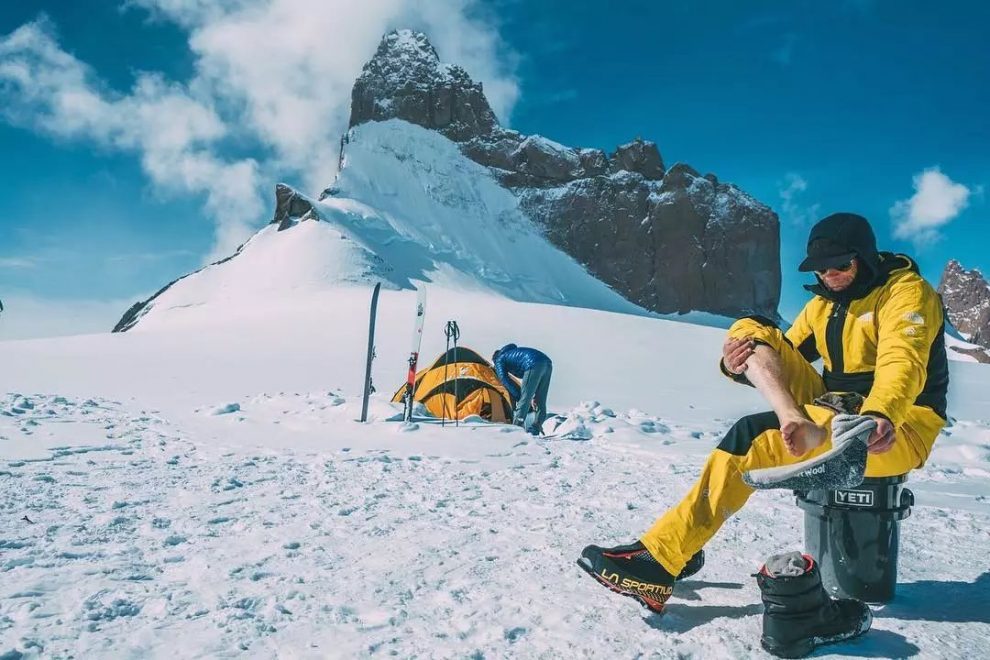Introduction
Extreme sports have always captivated the human spirit, pushing individuals to their limits and beyond. Among these thrilling activities, polar expeditions stand out as a sport that requires immense physical and mental strength, as well as unwavering determination. In this article, we will delve into the world of polar expeditions, exploring their history, challenges, equipment, training, risks, and rewards. Get ready to embark on a journey of endurance and resilience as we explore the extraordinary sport of polar expeditions.
History of Polar Expeditions
The history of polar expeditions dates back to the late 19th and early 20th centuries, when explorers such as Roald Amundsen and Robert Falcon Scott set out to conquer the North and South Poles. These early expeditions were marred with hardships, as explorers faced extreme cold, treacherous terrain, and limited resources. Their endeavors paved the way for modern polar expeditions, which have become a popular challenge for adventurers around the world. Today, polar expeditions encompass a range of activities, from skiing and dog sledding to ice climbing and long-distance trekking.
Challenges of Polar Expeditions
Polar expeditions present a unique set of challenges that test the limits of human endurance. One of the primary challenges is the extreme cold, with temperatures dropping well below freezing. Surviving in such conditions requires careful planning, proper clothing, and effective strategies for staying warm. The harsh polar environment also poses risks of frostbite and hypothermia, making it essential for adventurers to prioritize safety and take necessary precautions. Additionally, the vast and barren landscapes of the polar regions can be mentally challenging, as explorers face solitude, isolation, and the constant battle against the elements.
Equipment for Polar Expeditions
To conquer the frozen landscapes, polar adventurers rely on specialized equipment designed to withstand extreme cold and provide essential support. The most crucial piece of equipment is appropriate clothing, including insulated jackets, pants, boots, and gloves. Layering is essential to regulate body temperature and manage moisture. Expedition sleds or pulks are used to carry supplies and equipment, reducing the strain on the adventurer’s body. Skis, snowshoes, or crampons are necessary for traversing icy and snowy terrain. Additionally, adventurers must carry camping gear, cooking equipment, navigation tools, and emergency communication devices. The right equipment is vital for survival and success in polar expeditions.
Training and Preparation
Preparing for a polar expedition requires months, if not years, of physical and mental preparation. Endurance training, including cardiovascular exercises, strength training, and long-distance hiking or skiing, is crucial to build stamina and resilience. Adventurers must also focus on developing cold weather tolerance, acclimatizing their bodies to low temperatures through exposure and gradual adaptation. Mental preparation is equally important, as explorers must cultivate mental toughness, resilience, and the ability to stay motivated during challenging and monotonous stretches. Learning navigation skills, first aid, and survival techniques are also essential for self-sufficiency in remote polar environments.
Risks and Safety Measures
Polar expeditions carry inherent risks that adventurers must be aware of and mitigate. The extreme cold can lead to frostbite, hypothermia, and other cold-related injuries. Adventurers must closely monitor their bodies for signs of frostbite and take immediate action if symptoms arise. Proper layering, regular breaks, and staying hydrated are vital for maintaining body temperature and preventing cold-related illnesses. In addition, the polar regions are home to unpredictable weather conditions, including blizzards and whiteouts, which can disorient explorers and increase the risk of accidents. Adequate training, careful planning, and staying updated with weather forecasts are crucial for minimizing risks and ensuring a safe expedition.
Rewards and Personal Growth
Despite the challenges and risks, polar expeditions offer profound rewards and personal growth. Conquering the polar regions and pushing one’s limits in such extreme environments instills a deep sense of accomplishment and self-confidence. The physical and mental strength required to endure the harsh conditions and overcome obstacles fosters resilience and a can-do attitude that can be applied to other areas of life.
Polar expeditions also provide a unique opportunity to connect with nature in its most raw and untouched form. The pristine landscapes of the polar regions offer breathtaking views and a sense of awe and wonder. The solitude and silence of these remote areas allow for a deep connection with the natural world, fostering a profound appreciation for its beauty and fragility. Polar adventurers often develop a sense of responsibility towards the environment, becoming advocates for its conservation and preservation.
Furthermore, polar expeditions offer a chance to experience a different culture and interact with indigenous communities that have called these regions home for centuries. Learning about their traditional ways of life, survival techniques, and deep knowledge of the polar environment adds a cultural richness to the expedition. Interacting with locals and hearing their stories and wisdom can be a transformative experience, broadening one’s perspective and deepening their understanding of the world.
The sense of camaraderie and teamwork that develops during polar expeditions is also noteworthy. Sharing the challenges and triumphs with fellow adventurers creates strong bonds and a supportive community. Each member of the expedition relies on the others for safety and success, fostering a sense of trust, cooperation, and mutual respect. The shared experiences and memories forge lifelong friendships and create a network of like-minded individuals who understand the unique journey of polar expeditions.
In addition to personal growth and connections, polar expeditions offer a chance for self-discovery and introspection. The solitude and vastness of the polar regions provide an opportunity for adventurers to reflect on their lives, goals, and values. Away from the distractions of everyday life, one can gain clarity and perspective, reevaluating priorities and finding a renewed sense of purpose. The mental and emotional resilience developed during these expeditions can lead to personal breakthroughs and a greater understanding of oneself.
Conclusion
Polar expeditions represent the pinnacle of extreme sports, challenging individuals to push their physical and mental limits in one of the harshest environments on Earth. The history, challenges, equipment, training, risks, and rewards associated with polar expeditions make it a truly extraordinary and transformative experience. From the early explorers who paved the way to the modern adventurers seeking personal growth and connection with nature, polar expeditions continue to captivate the human spirit. So, if you are ready to face the extreme cold, endure solitude, and conquer the polar regions, embark on a journey of a lifetime and discover the incredible world of polar expeditions.





Add Comment